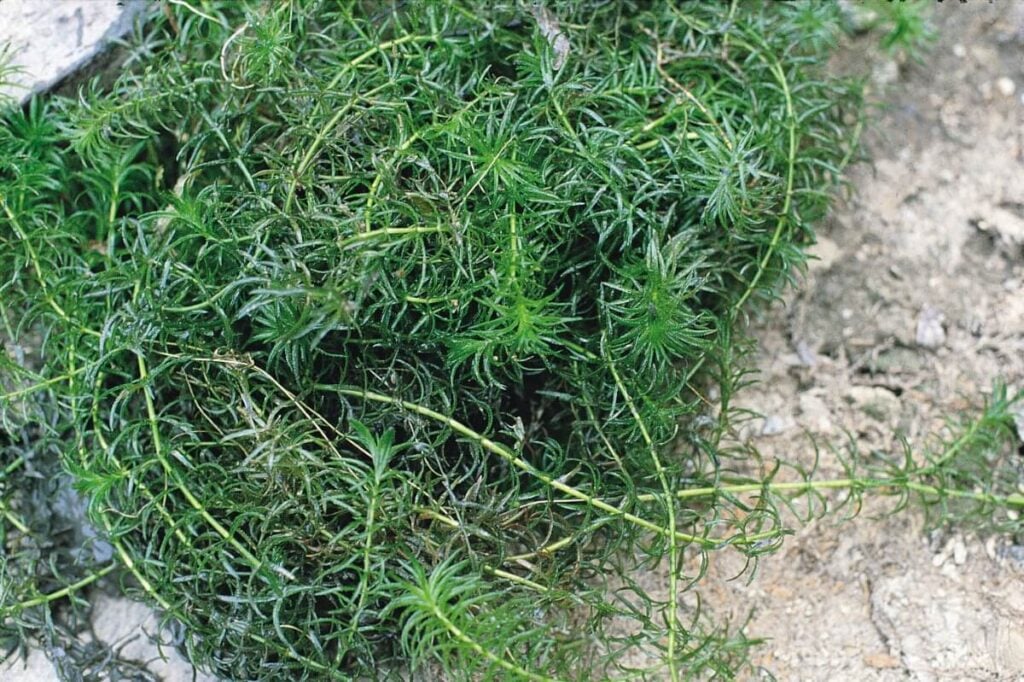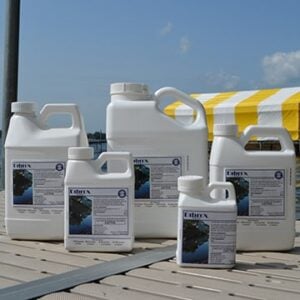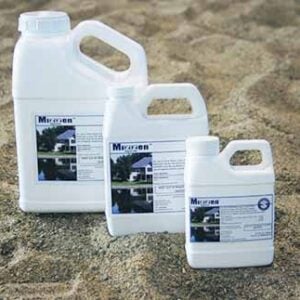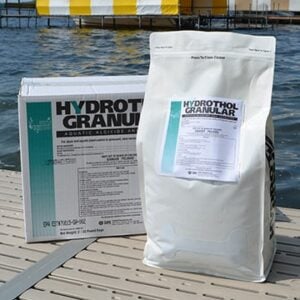
Control Hydrilla
Hydrilla is one of the most commonly managed invasive plants in much of the United States. Its ability to grow in dense colonies in waters up to 20 feet deep make it a detriment to water quality, recreational use, and access of affected waters. The following options can be considered for how to control Hydrilla.
Click here to read more about identifying this plant.
Manual/Mechanical Control:
If you are considering how to remove Hydrilla, physically pulling this plant and digging up the roots can be a somewhat effective method of control. However, physical control can be difficult.
Hydrilla can re-grow from any fragments, roots, or tubers remaining in the water. Be sure to pull out all bits of this plant that may be floating around in the water so they don’t take root and re-grow.
Herbicide Control:
There are multiple options for how to kill Hydrilla that offer great or some control.
- Spritflo (for ponds with no outflow) – liquid that is poured and spreads throughout the entire body of water, offers extended control. This offers the best control.
- Dibrox + Mizzen (for ponds or lakes) – liquids that are diluted with water and sprayed over the plants, fast acting. Combining these two products gives stronger control than Dibrox alone.
- Aquathol K/Super K (for ponds or lakes) – liquid that is diluted with water and sprayed or granules that are broadcast over the plants. Excellent for spot treatments of Hydrilla.
- Hydrothol (for lakes) – granules that are broadcast over the plants. This will give some control of Hydrilla.
Treatment Tips:
When treating Hydrilla,
- Spritflo can be used at the first signs of growth.
- With other herbicides, treat when the plants are established and actively growing.
- Re-treat when the plants re-grow.
Recommended Products
-
Spritflo®
$129.99 – $1,899.99 -
Dibrox®
$25.00 – $142.00 -
Mizzen®
$25.00 – $1,216.00 -
Hydrothol® Granular
$134.00 – $259.00




